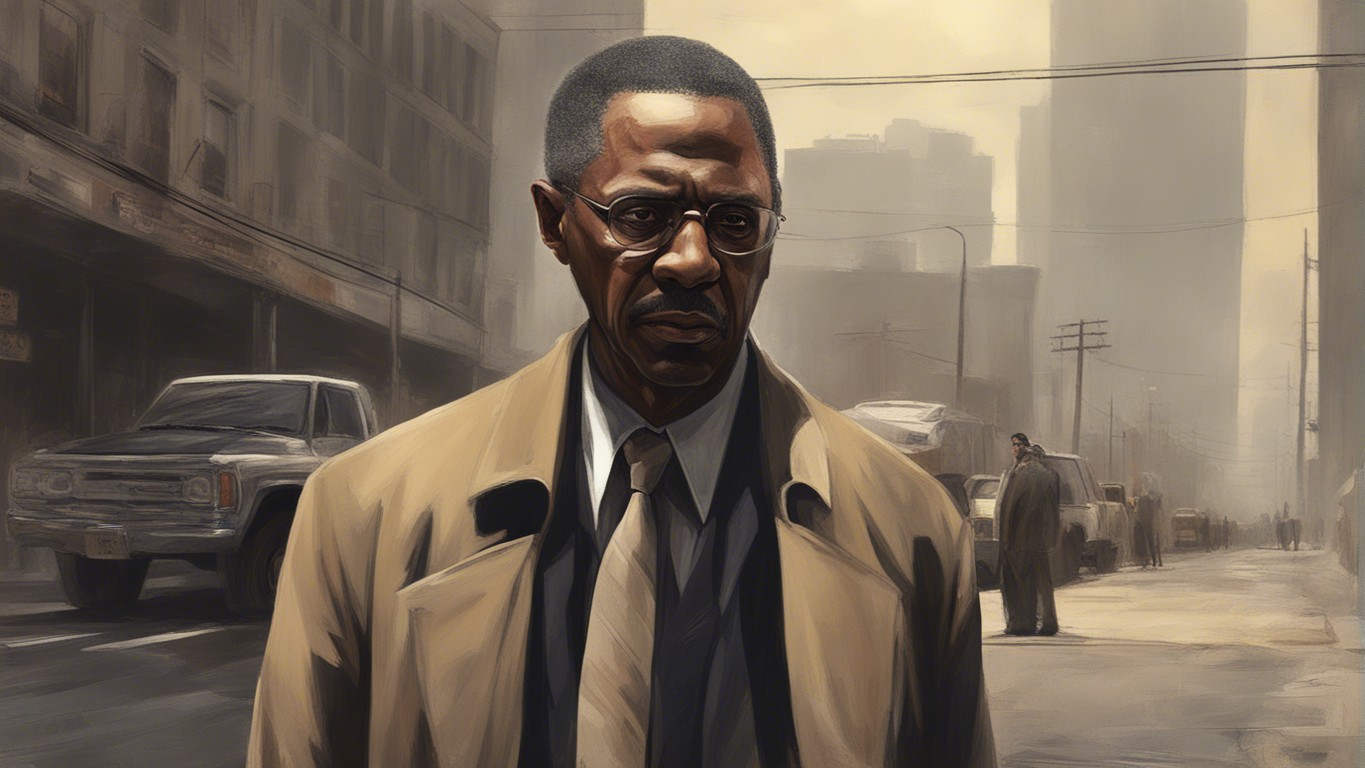Anthony Edward Sowell came to public attention in 2009 when 11 women’s bodies were discovered in his Cleveland home. The case was unsettling not just for its morbidity but also for what it revealed about the lapses in criminal justice. Sowell had previously been imprisoned for a similar offense and released, raising troubling questions about the system’s effectiveness.
Early Life and Criminal Record
Born into a chaotic household with seven siblings, Sowell was raised by a single mother. He enrolled in the U.S. Marine Corps at 19 and served for eight years. Returning to Cleveland, he couldn’t escape the darker sides of his personality. He was convicted for attempted rape in 1989 and served 15 years, a sentence that was criticized for its leniency considering the severity of his crime. Despite a sex offender status, he had little difficulty leading a seemingly ‘normal’ life post-release.
The Grim Discovery in 2009
Initial Tip-off and Police Search
Sowell was arrested after a survivor escaped from his home and reported a rape. Police entered his residence on a search warrant and found two decomposed bodies on the living room floor. As days passed, more bodies were discovered, some even buried in the backyard. A human skull was found in a bucket in his basement.
Media Storm
Local and national media converged on the Imperial Avenue house where Sowell lived. The discovery was front-page news for weeks. Cleveland’s Plain Dealer called it “a gruesome testament to human depravity.”
The Victims
Sowell specifically preyed on vulnerable women, many of whom were addicted to drugs or working in the sex trade. He lured victims under the guise of offering them alcohol or narcotics. It is this calculated selection that made the crimes go unnoticed for years. The New York Times reported, “The case has exposed a blind spot in law enforcement when it comes to missing persons among marginalized communities.”
The Trial: Public Sentiment and Legal Outcome
Pre-trial Proceedings
The court hearings were an emotional roller-coaster. Family members were eager to see Sowell face justice, but the defense aimed to prove Sowell’s insanity at the time of the crimes.
The Verdict
After a month-long trial, Sowell was found guilty of 82 counts, the jury unswayed by the insanity defense. The defense brought in psychologists, but the prosecution discredited their claims with strong evidence and testimonies from survivors.
Execution and Debate
Originally sentenced to death, Sowell died in prison of natural causes. His death reignited debates around capital punishment. Columnists and scholars weighed in, some arguing that his natural death while awaiting execution exemplified the inhumane and costly aspects of the death penalty system.
The Aftermath and Systemic Failures
Police Lapses
It was later revealed that police had been to Sowell’s home on several occasions for unrelated incidents. Each time, they failed to make the grim discovery. Many questioned whether racial biases or community neglect played a part in these lapses.
Social Commentary
The case exposed systemic issues around class, race, and gender, sparking debates on the efficacy of the criminal justice system. An op-ed in the Huffington Post explored this in detail, stating, “The Anthony Sowell case should serve as a grim lesson that we need a more vigilant and caring system.”
The victims, whose lives were mercilessly cut short, remain a haunting symbol of societal neglect. The tragedy of Anthony Sowell is a multi-layered narrative, implicating not just one disturbed individual but a community and system that failed to recognize and act upon the warning signs.
